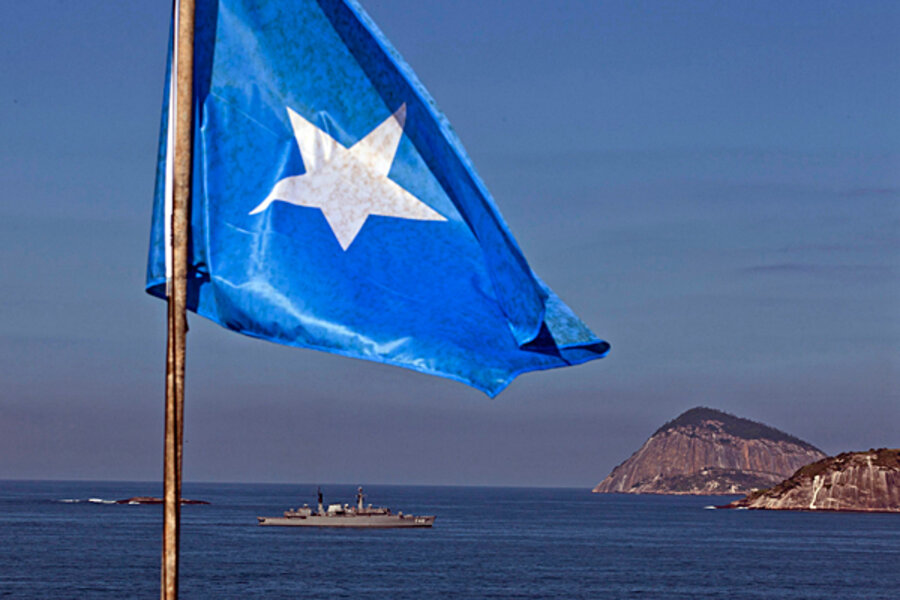Rio+20: Latin American cities on the frontlines
Loading...
| Mexico City
Are Latin American cities more forward thinking than the rest of the world when it comes to the consequences of global warming?
That's what a new report from the Massachusetts Institute of Technology (MIT) says, showing that 95 percent of cities in the region are well aware of and planning for the negative effects of climate change. (That compares to just 59 percent of US cities.)
This doesn't mean Latin American countries are actually making concrete plans, but they are doing their homework: meeting with local government environmental offices, conducting research on consequences, and forming task forces and partnerships with NGOs and other local entities.
This flurry of action may not be propelled by a commitment to preparation, but instead by the fact that Latin America is under more pressure than other regions.
Another new report, this one from the Inter-American Development Bank (IADB) in partnership with other organizations like the World Wildlife Fund, shows that Latin America is among the most vulnerable regions in the world when it comes to climate change: It could cost the region $100 billion a year by 2050 if current warming trends hold, the report says.
We recently wrote about the challenges of sustainability for megacities ahead of the UN's Conference on Sustainable Development, for the Rio+20 conference underway until June 22, looking specifically at Mexico City, Mumbai, and Lagos, Nigeria.
RELATED: Think you know Latin America? Take our geography quiz!
In Latin America, which accounts for only 11 percent of global greenhouse-gas emissions, the challenges of sustainable development expand beyond the metropolis. The IADB report details the consequences of retreating glaciers, smaller agricultural yields, and natural disasters such as floods and droughts.
From the coral biome in the Caribbean, to glaciers in the Andes, to the forests of the Amazon basin, the region is dependent on natural resources under threat. And the region's financial loss due to the impact of weather changes on agricultural exports alone could measure in at between $30 billion and $52 billion in 2050.
Already, cities say they are feeling the heat. The MIT report, called “Progress and Challenges in Urban Climate Adaptation,” looked at 468 cities across the globe, and shows that cities are already feeling the consequences, from an increased frequency of extreme weather events, to storm surges and coastal erosion. Mexico has been amid one of its worst droughts in decades, there have been deadly landslides from El Salvador to Brazil, and unprecedented rising water levels at Lake Atitlan in Guatemala.
Overall, 79 percent of cities worldwide report that in the past five years, they perceived changes in temperature, precipitation, sea level, or natural hazards that they attribute to climate change. Among cities that completed assessments, increased storm water runoff is the issue that most anticipate they will need to address in the near term (65 percent), with storm water management (61 percent) ranked close behind.
Some cities have taken action, and Mexico City is a clear example. Its ambitious 15-year "Plan Verde," or green plan, promises to reduce vehicle emissions by 7 million metric tons before 2012 by investing in alternative energy, more green zones, and public transport such as electric buses. "This is very exciting for a city that used to be one of the most polluted in the world," Martha Delgado, the city's environmental secretary, told me on the heels of the World Mayors Summit on Climate (WMSC) in Mexico City in November 2010, held as the UN climate talks got underway in Cancun.
There Mexico City signed a voluntary pact – together with 137 other cities worldwide – to establish a monitoring and verification mechanism to track emissions.
But as the MIT report shows, the challenges of turning pledges into concrete action are many. The top-three challenges listed, according to the survey, include funding, communicating the needs for adaptation to local officials, and gaining commitment from national governments to implement the realities on the ground.
The Rio+20 summit could, optimists say, cover some important ground in alleviating these setbacks.






